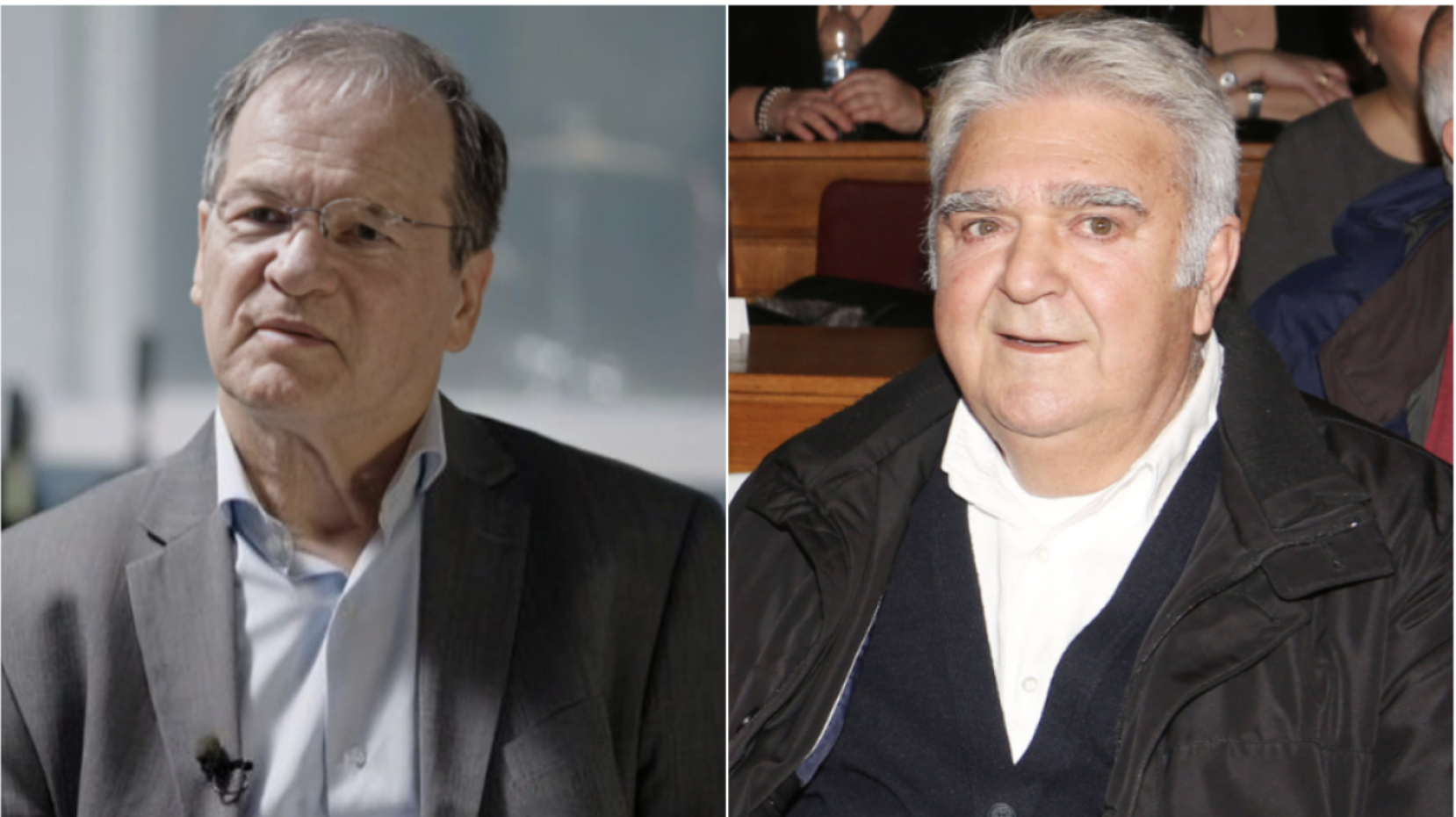A new heating subsidy model will apply for 2024/2025, with key changes including a higher subsidy for electricity consumption and an adjustment of the allowance based on updated climate data.
Households that opt for electric heating will receive a higher heating allowance compared to those using oil, as part of the government’s strategy to promote more environmentally friendly heating methods.
A significant change this year is also the adjustment of the allowance based on updated climate data. Areas that experience more severe cold weather during the winter months will receive a larger subsidy, meeting their increased energy needs. Thus, the allowance will be distributed more fairly, taking into account the actual weather conditions.
According to some reports, the maximum allowance may increase to €1,200 (from €1,000 last year), while around 1.3 million beneficiaries will share subsidies totaling €250 million. Last year, the subsidy covered only the January-March period, but this year it will be extended for the whole six months of the heating season, as is the case for oil and gas. Beneficiaries will apply to have the money credited to a bank account.
Increased Amounts for Electricity Subsidy: Due to the extension of the subsidy period, the amounts for electricity are also changing. This year’s basic allowance will be 380 euros and will be adjusted according to the climatic conditions of the region. Last year, the basic allowance was only 60 euros, with amounts ranging from 45 to 480 euros.
The basic allowance will be 380 euros, with the amounts ranging from 45 to 480 euros.
Subsidy for oil and gas: The basic allowance for heating oil and gas will be 300 euros, compared to 350 euros last year, with adjustments per region. Oil is 20 cents a liter cheaper than last year, while gas prices remain stable.
The price of oil is now 20 cents a liter cheaper than last year.
Subsidy for pellets and firewood: The subsidy for heating with pellets will rise to 360 euros (350 euros last year), while for mountainous areas using firewood, it will remain at 350 euros.
Minimum and Maximum Subsidy Limits: In all cases, whether for electricity, oil or gas, the subsidy will not be less than 100 euros and will not exceed 1,000 euros, depending on the region.
Payments
The allowance will be paid in two installments. 60% will be paid as an advance in December, based on last year’s conditions (calving days), while the remaining 40% will be paid in April based on new data issued by the National Weather Service, looking at temperatures from October to March.
Those living in areas with higher average temperatures this year will likely receive a smaller amount. To receive the subsidy, recipients will need to provide bills or purchase invoices for twice the amount of the subsidy.
The criteria
The income and property criteria remain mostly unchanged from last year, with one change to the property criteria.
– Income criteria: Annual family income must not exceed €16,000 for unmarried or widowed/divorced persons. For married persons or those in a cohabitation agreement who file a separate tax return, the limit is €24,000, plus €5,000 for each child. For single-parent families, the income limit is 29,000 euros, with an additional 5,000 euros for each child.
– Criteria for entrepreneurs: Gross income from business activity must not exceed 80,000 euros.
The number of employees should not exceed 80,000 €.
– Monetary criteria: Last year, the threshold was 200,000 euros for unmarried people and 300,000 euros for married people. This year, it remains at 200,000 euros for singles, while the limit for couples is raised to 240,000 euros, with an additional 40,000 euros for each child. This change particularly benefits families with two or more children.
Ask me anything
Explore related questions





